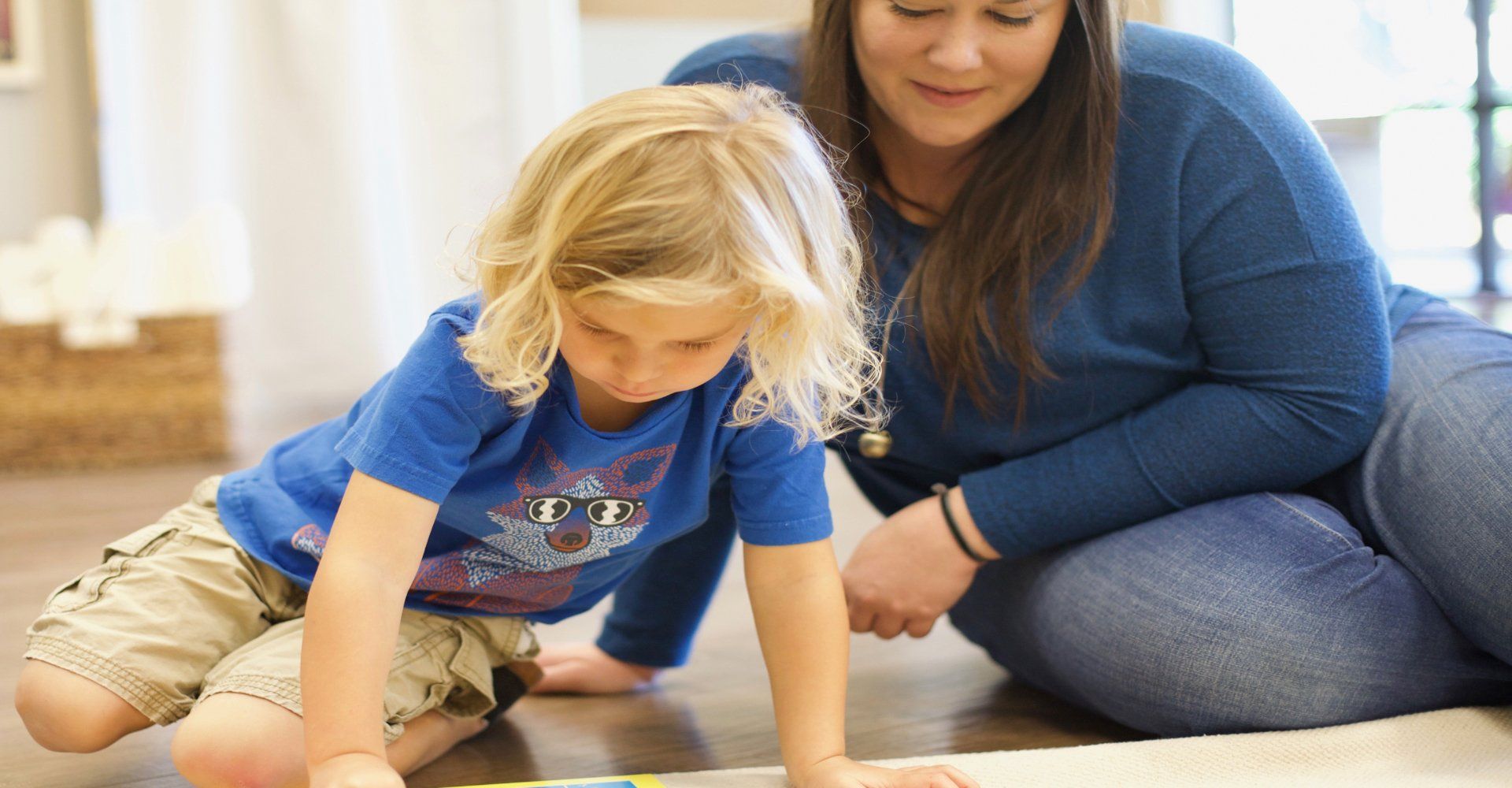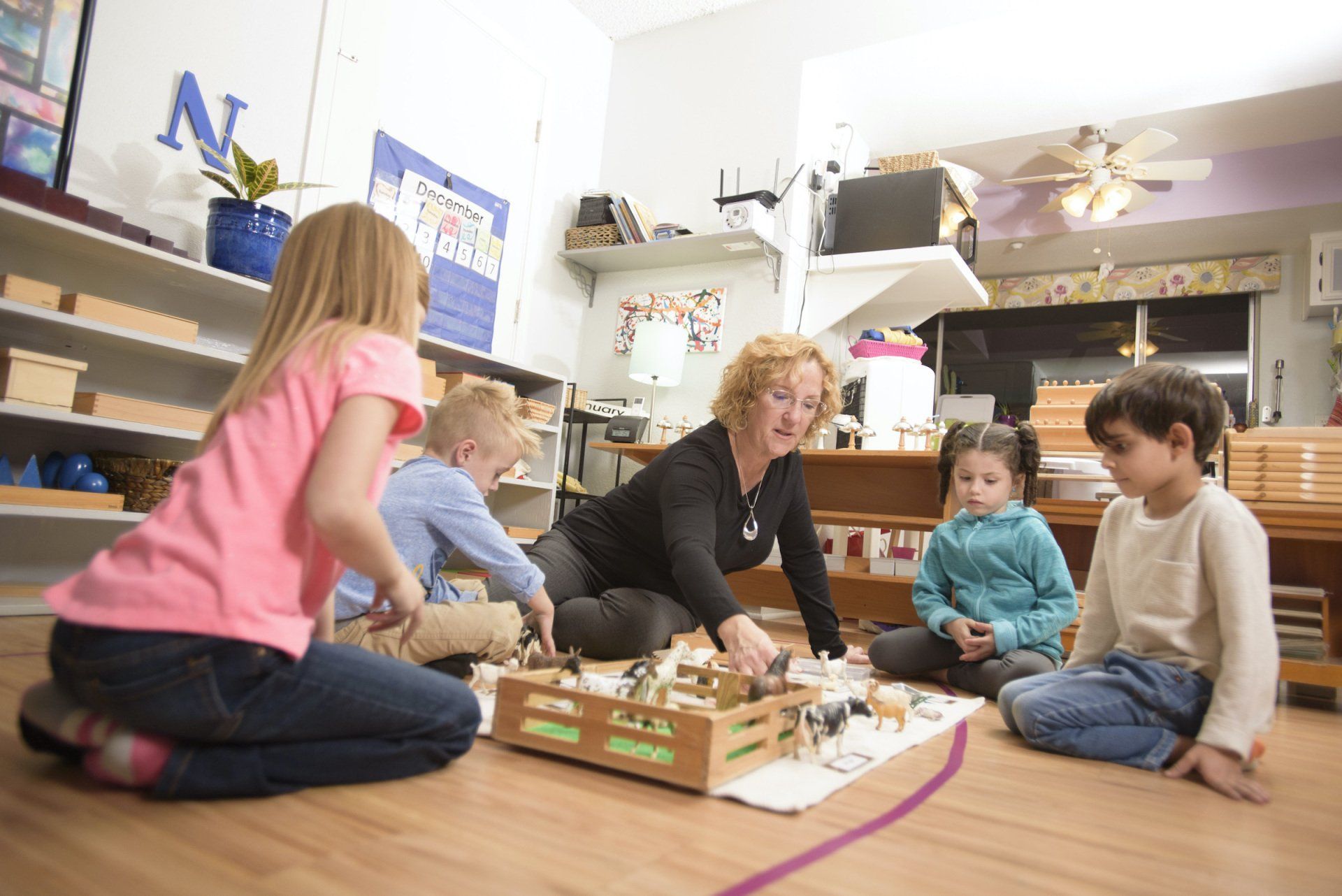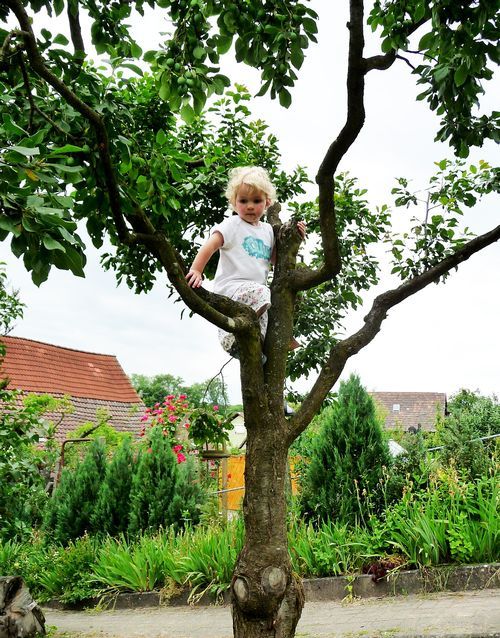Developing independence in children
MSU Extension offers four strategies for supporting your child’s growing independence.
The media is all abuzz lately with stories of extreme parenting. We hear about the so-called “Helicopter Parents” who chase their preschoolers around the playground in case they fall, mediate issues with friends and teachers, even going so far as calling their college student’s professors to argue about grades. On the other end of the spectrum, there are the stories about the “Free-Range Parents” who let their children ride the subway alone, walk to the park alone, stay home alone and generally expect they will be OK, safe and well without adult supervision.
It is difficult to know what an appropriate amount of independence is for your young children. When are your actions becoming “overprotective” instead of supporting your children’s independence? What is a reasonable amount of help to expect from your children? When should you step in if there are problems? Should you email their teacher when there are issues with a peer?
Michigan State University Extension recommends parents seek a middle ground, supervising appropriately to prevent unnecessary risk and injury, but still stepping back enough to allow children to solve their own problems, and support them as they mature. Here are four parenting tips to help support your children’s growing independence.
1. Teach self-help skills
Although it seems silly to point out, every day your child grows a little older and a little more capable of doing things on their own. As parents, we should be stepping back regularly to assess what we are still doing for our children that they could be doing for themselves. Are you still putting on your three-year-old’s socks and shoes? What about dressing your four-year-old, or zipping your five-year-old’s coat? Are those skills things they could be doing on their own?
Supporting the development of children’s self-help skills is not only important for children’s growing desire to be independent, but they also are critical in preschool and kindergarten classrooms. If you have a child heading off to preschool or kindergarten in the fall, now is the time to start working on supporting their self-help skills, including independent toileting and dressing.
2. Require chores and family responsibilities
Help support your child’s growing sense of self and desire to do things by themselves by assigning them household chores. Even very young children can do small chores, like throwing away their trash or putting their dirty clothes in the hamper. When teaching these skills, it’s important parents are encouraging and patient. Break the routine down into simple steps. Provide gentle reminders. Resist the urge to redo what they have done independently. The Center for Social and Emotional Foundations on Early Learning at Vanderbilt University offers a fantastic resource for parents with tips for teaching routines and lists of what skills are age appropriate.
3. Don’t fight their battles
Teaching children how to solve their own problems is a skill that begins in early childhood. When they are little, the problems might be over who gets the blue truck or who has more play dough, but those problems grow into bigger issues as the children get bigger. Teaching them steps to solve problems is a critical lifelong skill.
Teach your children basic problem solving steps such as learning to identify exactly what the problem is, thinking of solutions to the problem, analyzing those solutions for fairness and then trying it out to see if it worked. Help your children work through the steps, but resist the urge to give them the answer. As they get older, encourage them to talk directly with their teacher about forgotten homework or the dentist about the broken retainer. The ability to confront problems head on and deal with the consequences truly is a life skill!
4. Impose natural consequences
As adults, we know a lot about consequences. If we forget to pay a bill, we will have to pay a late fee. If we speed – and get caught – we might get a speeding ticket. But for children, it’s more complicated. If they don’t want to wear their coat, their parents or teachers might make them, and the child doesn’t learn that it’s cold out, which is why they needed the coat! Or, if the older child forgets their lunch, homework or gym shoes, and Mom runs them up to school every time, they aren’t learning the lesson that bringing their belongings to school is their responsibility.
Children learn best through natural consequences. Whenever possible, allow your child to experience the natural, or logical if natural is not safe or appropriate, consequences of their actions. Let them lose recess because they don’t have their snow boots or lose points on their homework because it is late. Don’t replace the toy that is left out in the rain and ruined. Help children learn about what happens when they do not follow rules or aren’t responsible for their belongings.
One of your most important tasks as a parent is to raise independent, resilient children who can venture into the world and solve their own problems. With some forethought and planning, you can help nurture your child’s growing independence!
You might also like



PROGRAMS
American Montessori Preparatory School
15102 Amberly Dr, Tampa Palms, Tampa, FL, 33647, United States
American Montessori Preparatory School
American Montessori Preparatory School



